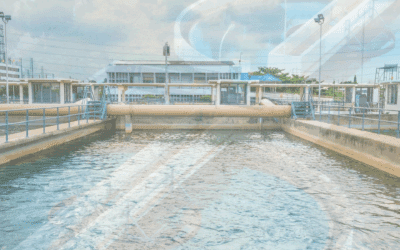What is the bleach chemical formula? When people think about what to use for heavy-duty cleaning jobs, bleach is often one of the first chemicals...
Blog


CHEMICAL INDUSTRY NEWS
Chemical Chat – Discover What’s New!
Industrial vs. Retail Cleaners: Which Are Best?
We all clean. Whether you own a dental office, a townhouse, or a factory, cleaning is an essential part of your daily operations. But when it comes...
What is Non-Destructive testing? A Brief Overview
Evaluating a product’s materials and internal components is one of the best ways to test the integrity of a product. But how does each industry...
6 Benefits of Water Treatment Chemicals for Boilers
Proper chemical treatment is essential for disinfecting water and preventing buildup in boilers. But what other...
Industrial vs. Retail Cleaners: Which Are Best?
We all clean. Whether you own a dental office, a townhouse, or a factory, cleaning is an essential part of your daily...
Company News

Managed Services
Discover the Latest in Safe and Sustainable Chemical Solutions
Stay informed with Ecolink’s blog! Subscribe now
Chemical Management Information
Stay updated with us
Sign Up for the Latest Updates
Stay informed about chemical supply chain disruptions and emerging innovations to keep your business at the forefront of efficiency and innovation. Uncover new ways to make your business practices more sustainable by incorporating safer products into your cleaning lineup.


























